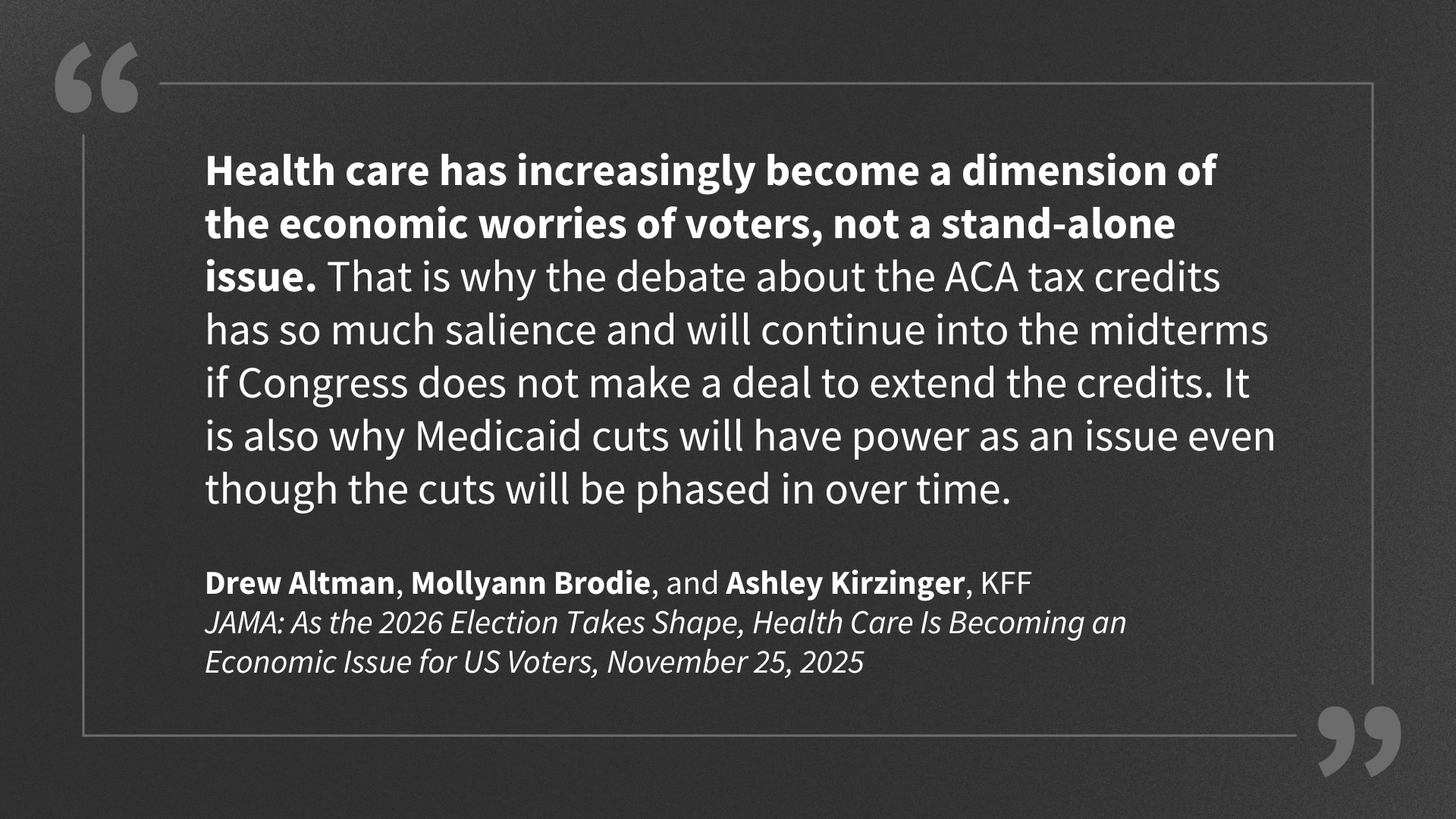Introduction
Many older adults will require some degree of long-term care (LTC) later in life, with more than half needing more intensive support, often for an extended period. The resources required to meet such high-intensity, long-duration LTC needs – provided by family members or through paid formal care – can be substantial. This paper addresses the question of whether older adults understand their LTC risks and whether the accuracy of their perceptions varies by socioeconomic characteristics.
Despite the large literature on LTC risks and insurance, very little research has focused on whether people have a good sense of how much help they may need with daily activities as they age. Those who overestimate their risk could limit their retirement wealth spend down, unnecessarily restricting their consumption in retirement. Those who underestimate their risk could experience unmet needs or have to spend down to qualify for Medicaid.
This study uses the Health and Retirement Study (HRS) to compare two measures of self-assessed LTC risks with objective probabilities of ending up with high-intensity care needs. The first subjective measure is a person’s perceived risk of ever moving into a nursing home. The second measure is the perceived risk of being unable to manage their own affairs due to cognitive limitations. The analysis aims to evaluate the extent to which individuals accurately perceive their risks and how their perceptions vary by socioeconomic group.
The discussion proceeds as follows. The first section provides some background on LTC risks overall, how care is provided, and the limited research on self-assessed LTC risks. The second section describes the data and the questions used to solicit LTC perceptions. The third section discusses the model to predict future high-intensity care needs for current 65-year-olds. The fourth section assesses whether the available measures of subjective risks capture the same concept as the objective risks of high-intensity needs and reports on how subjective assessments vary by socioeconomic group. The final section concludes that neither of the subjective measures are good proxies for objective risk. But examining how the subjective responses vary by demographics does provide some useful insights. Specifically, Blacks and Hispanics appear optimistic about their future needs relative to other groups. And while women seem to be aware of average LTC risks, they may not realize that they face higher-than-average risks of needing care. These findings are concerning as these groups not only have the highest objective risks of needing high-intensity, long-duration care, they also have fewer resources to provide for this care.
Publisher: Source link









